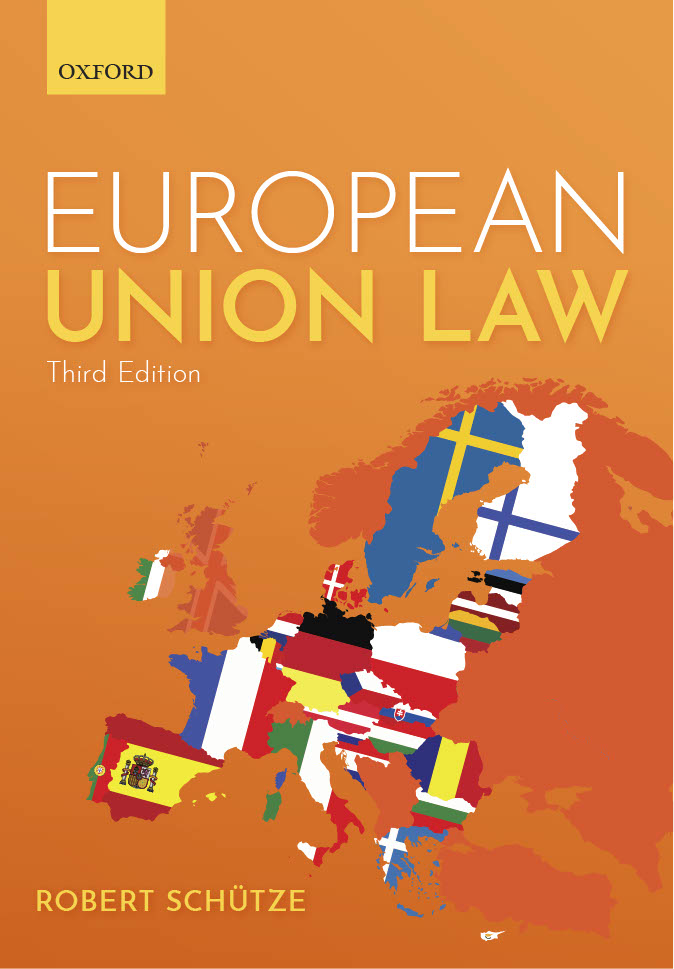The gradual integration of the various national markets into a ‘common’ or ‘internal’ European market can be achieved by two complementary mechanisms. First, the Treaties may themselves ‘negate’ certain national barriers to intra-Union trade. For the free movement of goods, this form of negative integration was discussed in the previous chapter. A second technique is ‘positive integration’: the Union here adopts positive legislation to – partly or exhaustively – remove obstacles to trade arising from the differences in national laws.
This idea of integration through legislation stands behind Article 26 TFEU, which states: The Union shall adopt measures with the aim of establishing or ensuring the functioning of the internal market, in accordance with the relevant provisions of the Treaties.
Legislative competences for positive integration are placed within the specific policy areas of the Union. However, the Treaties also contain a number of horizontal competences that generally allow the Union to create an ‘internal market’. These ‘internal market’ competences can be found in Chapter 3 of Title VII of the TFEU. They have been the bedrock of the Union’s positive integration programme. Articles 114 and 115 here provide the Union with a legislative competence ‘for the approximation of the provisions laid down by law, regulation or administrative action in Member States which have as their object the establishment and functioning of the internal market’.
These two general internal market competences apply to all four fundamental freedoms. They are complemented by three more ‘specific’ internal market competences. With regard to fiscal measures, Article 113 allows the Union to harmonise legislation on ‘forms of indirect taxation to the extent that such harmonisation is necessary to ensure the establishment and functioning of the internal market and to avoid distortions of competition’. By contrast, Article 116 targets distortions of competition, while Article 118 empowers the Union ‘[i]n the context of the establishment and functioning of the internal market’ to ‘establish measures for the creation of European intellectual property rights’. An overview of these competences can be found in Table 14.1.
This chapter explores the constitutional principles and limits governing positive integration. Section 1 analyses the scope and nature of the general internal market competence(s): Articles 114 and 115. We shall see there that the Union has an – almost – unlimited competence to harmonise national laws that affect the establishment or functioning of the internal market. Section 2 looks at the more limited special competences given to the Union in Articles 113 and 118. Section 3 investigates how the Union can use its internal market competences, as the Union may exercise its powers through distinct harmonisation methods. Section 4 finally offers an excursion into a particular – yet fundamentally important – aspect of positive integration in the internal market: the Common Agricultural Policy.
